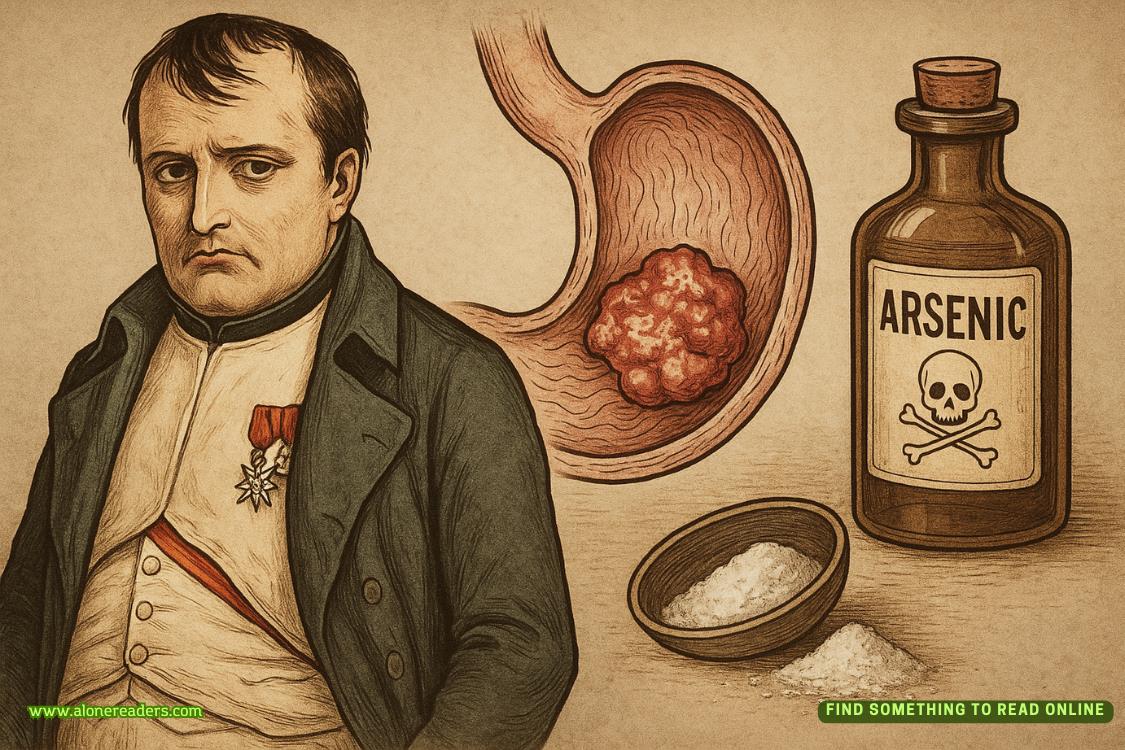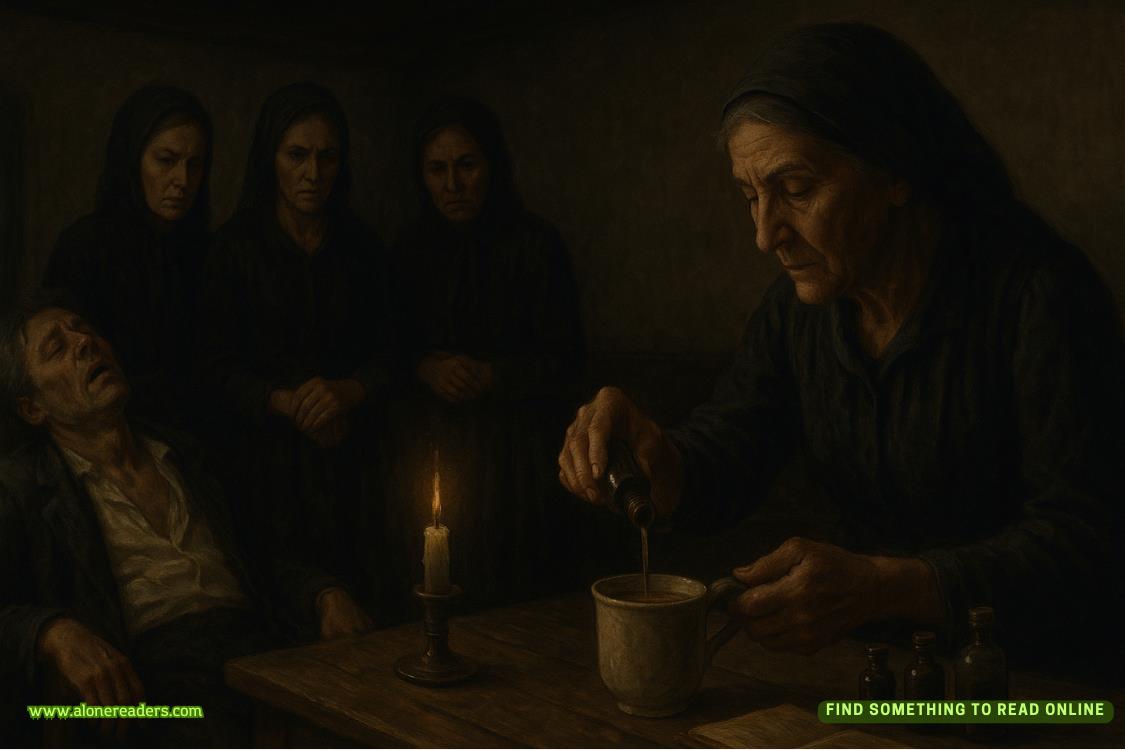Page 24 of Iron Roses
I see him again in my mind, the second man—tall, still, his eyes watching me without expression.
The second man—Lorenzo. He told me his name. His voice plays back, flat but firm.
“He doesn’t speak.”
“What?”
“Cassian. The master of this mansion, the one you just met.”
“Oh.”
“He wasn’t born like that. It’s a choice. If you hear him speak one day, don’t be startled—though there’s no hope for that, so don’t expect it. But no worries, let me know if you need anything. If I’m not near, any maid can relay the message.”
The next hallway curves inward, tighter. Doors line the walls—closed, unmarked. Except one.
A large door. Dark wood. Brass fixtures aged to a coppery sheen. A small plaque etched in simple letters:
Private Study
I stop in front of it.
I glance over my shoulder. No eyes. No sound.
My fingers close around the brass handle. Cold. Heavy. I push.
The door opens without resistance.
I expect to see him—standing behind his desk, maybe, arms folded, watching me. But the room is empty.
A fire burns low in the hearth—barely embers now. Books line the shelves from floor to ceiling, all bound in deep greens, browns, and worn black. Nothing glossy. Nothing new.
I step inside. Close the door behind me with care.
The desk draws my attention first. Solid oak. Immaculately arranged—no clutter, just a few items placed with the kind of precision that feels more ritual than habit. A heavy fountain pen. A square of parchment. A rosary coil of matte black beads resting at the edge, like it’s been set there for remembrance, not use.
I walk around it. He must sit here. Often.
I try to imagine him—sleeves rolled, shoulders bowed forward slightly, head dipped in thought.
I wonder if this room allows him softness. Or solitude.
My fingers skim the edge of the desk. The grain is smooth. And then I notice something strange.
A seam. It runs alongside the paneling near the bookshelf, subtle but contrived. I crouch down, fingers tracing the outline. There’s a small crest just beneath the carved rivet in the wood. At first glance, it looks decorative—part of the design. But I know better.
My father trained me to notice what others ignored. Safe compartments. False floors. Symbols hiding in plain sight. In this world, architecture is never just aesthetic.
I press the ridge. A click answers.
The panel shifts with a groan of concealed stone. Cold air rushes out, carrying the scent of dust and something older—wax and limestone and iron.
A staircase winds downward. Spiral. Narrow.
Logic tells me to turn back.
I ignore and walk in. Each step deepens the silence.
The walls change from polished wood to unpolished limestone, still rough in places. My fingertips trail against them for balance. I count fifteen steps. Then twenty. Then thirty. The staircase tightens, then opens.















